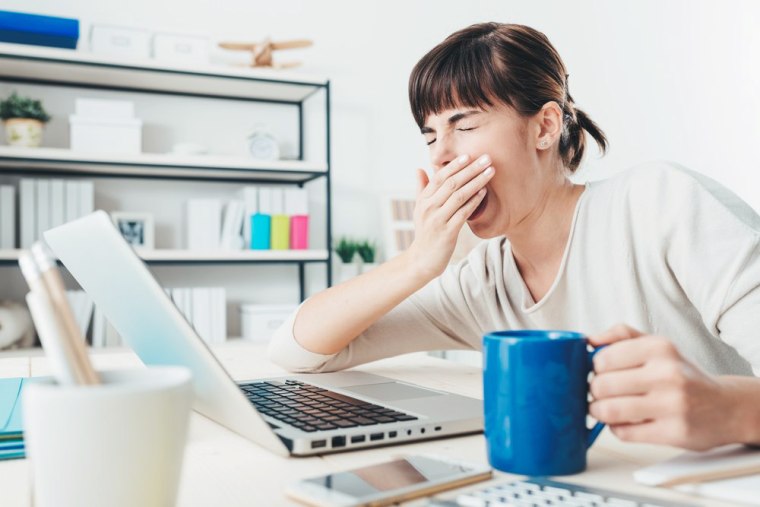The last five years have been exhausting for Andrea Turner. Lights out for the 69-year-old meant sleeping for a couple of hours before being jolted awake in the middle of the night and lying there electrified.
“I was exhausted all the time, from the time I woke to the time I went to bed,” says Turner. “It was like how can I make it through this day because I am so tired? I thought since I'm older so that's what it is.”
It wasn’t until a mother-daughter vacation that Turner’s daughter noticed something interesting when her mother slept. Turner would make little gasping sounds throughout the night. This discovery, and the unrelenting exhaustion, led Turner to Stanford University where she underwent a sleep study. The doctors measured everything from brainwaves to breathing — what they found surprised Turner.
“It was 41 times per hour that I would stop breathing,” says Turner. “And then the doctors looked piece by piece, and realized that what I have is sleep apnea.”
Turner’s nightly interrupted breathing increased her chances of heart attack or stroke by three to four times, according to Dr. Robson Capasso, associate professor of Otolaryngology Head and Neck Surgery at Stanford University.
Roughly 18 million Americans suffer from sleep apnea and as many as 90 percent are undiagnosed, because gasps and choking sounds aren't always so severe they wake someone up. The condition more commonly affects men, as well as people who are overweight, over 40, and have large necks. Women with sleep apnea may suffer poorer heart health than men, according to a recent study.
Obstructive sleep apnea occurs when the soft tissues of the mouth and airway, especially the tongue, block air flow into the lungs. This causes breathing to stop multiple times throughout the night, and oxygen levels in the body to fall —which was happening to Turner. The drop in oxygen while sleeping is a significant risk factor for cardiovascular disease, say experts.
After being diagnosed, Turner tried an external continuous positive airway pressure (CPAP) machine, which proved too cumbersome for her continued use. What's more, a recent study in the New England Journal of Medicine found that the bulky CPAP machines — standard treatment for many patients with sleep apnea — doesn't help prevent heart attacks or stroke, although it does help patients sleep better and improve mood.
Related: Sleep apnea linked to earlier memory loss
Instead, Turner underwent a relatively new procedure: implanting a pacemaker-like device called Inspire for obstructive sleep apnea. Approved by the Food and Drug Administration in 2014, the device is a remote-controlled chest implant plus two thin wires that runs under the skin monitoring a patient’s breath, delivering a mild electric current at night.
A clinical trial of Inspire therapy found a 78 percent reduction in the number of sleep apnea events per hour for patients.
“This is definitely an interesting solution for a good number of people,” said Capasso.
Inspire is an invasive procedure, so it is not recommended as a first-line treatment and not everyone is a candidate.
The price tag for the Inspire device is $20,000, with surgery costing extra. Insurance companies are reviewing requests on a case-by-case basis.
Ideal candidates for Inspire:
- should be over the age of 22
- have a diagnosis of moderate to severe obstructive sleep apnea
- be unable to use or get consistent benefit from CPAP
- not be significantly overweight
Dr. Sanjeev Kothare, professor of neurology at NYU Langone Medical Center, cautions about using Inspire unless sleep apnea patients meet the requirements for the procedure. For Kothare, the out-of-pocket expense for the device, the risks of surgery, plus the potential for the mechanism —which moves the tongue forward — to break, doesn’t make it a viable option for everyone.
The main side effect from the device is that people can wake up with a sore tongue. But for Turner that’s a small price to pay for a goodnight’s sleep.
“Before, I'd be awake constantly, but when I sleep now, I am asleep. I'm not waking up.”
Signs of sleep apnea, according to the National, Heart, Lung and Blood Institute, include:
- Morning headaches
- Feeling irritable or depressed; mood swings
- Waking up frequently to urinate
- Memory or learning problems; difficulty concentrating
- Dry mouth or sore throat when you wake up

